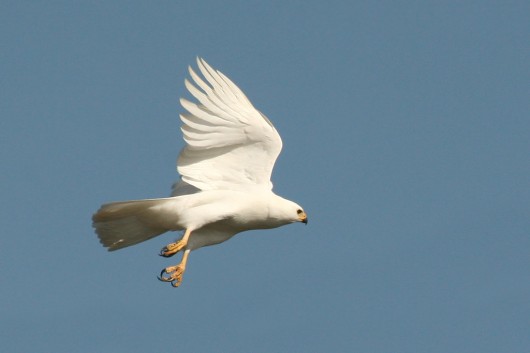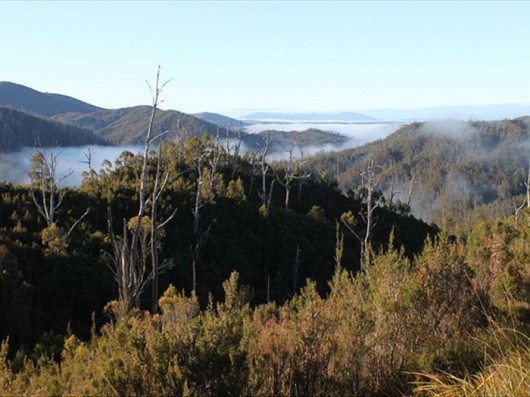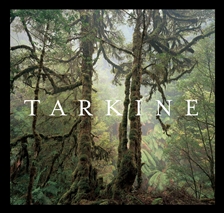Corporate Tin Miner:
“We will continue to be aggressive explorers with multiple rigs focused on exploration for the foreseeable future.”
.
~ Venture Minerals (corporate tin miner from Perth), in its Mt Lindsay-Investor Presentation,
(Nov 2011), p.31
.
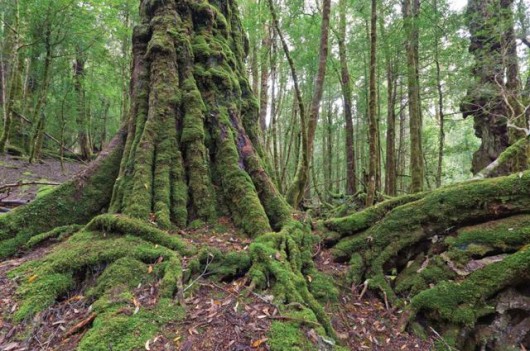 ‘The Tarkine’ – 430,000 hectares of ancient Tasmanian forest
‘The Tarkine’ – 430,000 hectares of ancient Tasmanian forest
Tasmania’s ancient Myrtle/Sassafras forest – threatened by loggers, logger ‘adventure tourism’, roads and now bloody tin mining!
[Photo by Peter Walton, Tasmanian Expeditions – Photo Gallery on The Tarkine, ^http://www.tasmanianexpeditions.com.au/index.php?section=photo_highlights&id=285742]
.
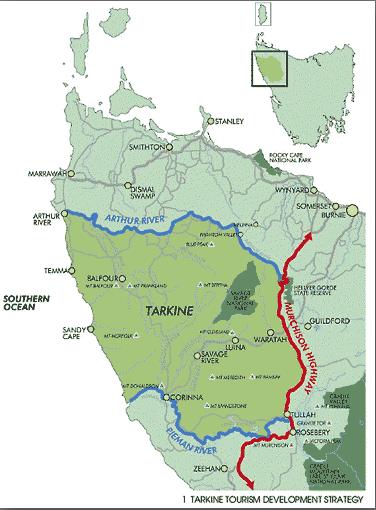 Cradle Coast Authority (CCA), North West Tasmania’s map
as part of a tourism development strategy.
Cradle Coast Authority (CCA), North West Tasmania’s map
as part of a tourism development strategy.
.
A bid to restore emergency National Heritage protection to the Tarkine wilderness in Tasmania’s north-west has been launched by environmentalists to head off a ”Pilbara-style” mine in the rainforest. Several conservation groups lodged the nomination with the Environment Minister, Tony Burke, hoping he will count heritage values in his impending decision on the big Venture Minerals’ Mount Lindsay open cut project.
Emergency listings of The Tarkine have been granted four times since 2004!
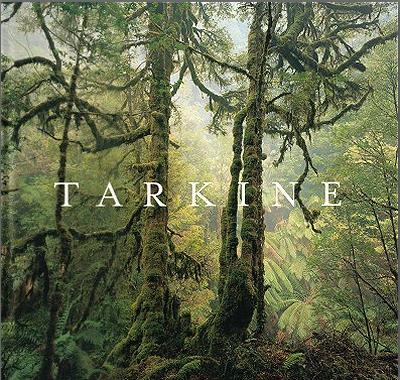 Moss-clad Sassafras (Atherosperma moschatum) trees in the Arthur River catchment near Waratah, Tarkine, Tasmania
(Photo © Ted Mead November 2003)
[Front Cover of the 2004 book, ‘Tarkine‘ edited by Ralph Ashton, and available from publishers Allen and Unwin,and just purchased by The Habitat Advocate.
Available at: ^http://www.allenandunwin.com/default.aspx?page=94&book=9781742372846]
Moss-clad Sassafras (Atherosperma moschatum) trees in the Arthur River catchment near Waratah, Tarkine, Tasmania
(Photo © Ted Mead November 2003)
[Front Cover of the 2004 book, ‘Tarkine‘ edited by Ralph Ashton, and available from publishers Allen and Unwin,and just purchased by The Habitat Advocate.
Available at: ^http://www.allenandunwin.com/default.aspx?page=94&book=9781742372846]
.
…but that’s not how the ‘Tin Men‘ see The Tarkine…
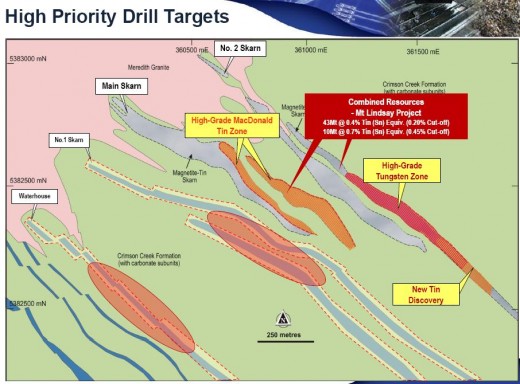 This is how the ‘Tin Men‘ see the Tarkine… for its tin and tungsten.
(Source: Venture Minerals’ Mt Lindsay-Investor Presentation, Nov 2011)
This is how the ‘Tin Men‘ see the Tarkine… for its tin and tungsten.
(Source: Venture Minerals’ Mt Lindsay-Investor Presentation, Nov 2011)
.
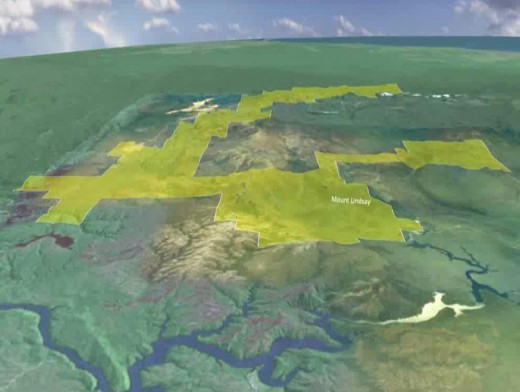 …and this is how the ‘Tin Men’ see the Tarkine… for the vast mining lease area they are happy to exploit and lay to waste.
…and this is how the ‘Tin Men’ see the Tarkine… for the vast mining lease area they are happy to exploit and lay to waste.
(Source: Venture Minerals’ Mt Lindsay-Investor Presentation, Nov 2011)
.
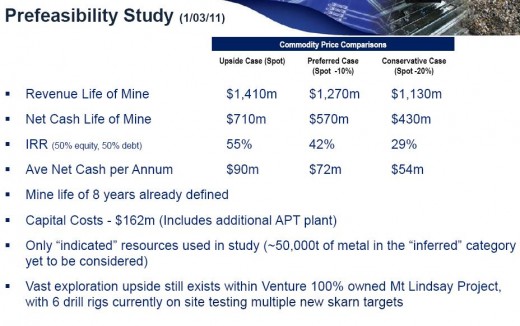 …and this is how the Tin Men see the Tarkine – for its ‘Super Mining Profits’ … 30 to 55% return!
…and this is how the Tin Men see the Tarkine – for its ‘Super Mining Profits’ … 30 to 55% return!
(Source: Venture Minerals’ Mt Lindsay-Investor Presentation, Nov 2011)
.
The Mount Lindsay tin project is the largest of several mines planned around the Tarkine in an emerging new Tasmanian environmental battle. The Tarkine National Coalition said up to nine new open cut mines are in development there. Mr Burke allowed a previous emergency listing for the Tarkine to lapse a year ago when he said plans for a road through the wilderness were dropped. Environment groups objected because of what they said were increasing threats from mining.
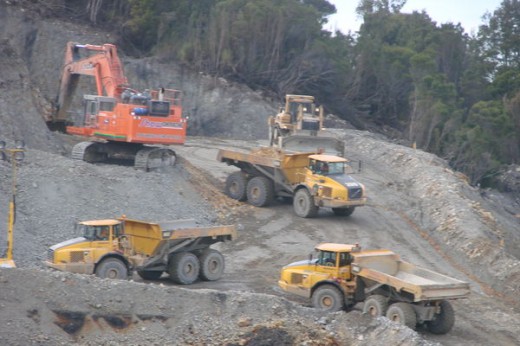 Corporate Miner ‘Metals X’ getting well stuck into a Tarkine rainforest hillside at nearby Mount Bischoff
Corporate Miner ‘Metals X’ getting well stuck into a Tarkine rainforest hillside at nearby Mount Bischoff
.
The 430,000-hectare Tarkine region is undergoing a protracted assessment for future listing by the Australian Heritage Council. But because the wilderness now lacks any listing, Mr Burke is unable to consider heritage values in an approval of the Mount Lindsay mine under the Environment Protection and Biodiversity Conservation Act. Instead, his decision is likely to focus on protection of endangered species such as the Tasmanian Devil. The Tarkine is the wildest remaining stronghold for healthy devils, stricken across the rest of the island by a deadly facial cancer.
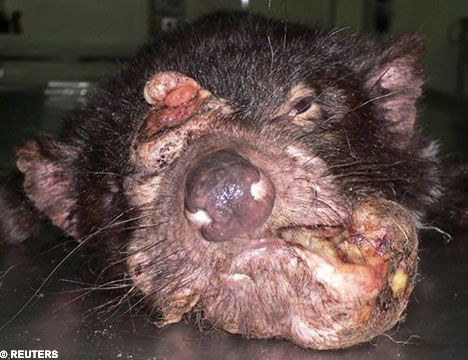 The Tarkine is a refuge for healthy Tasmanian Devils to avoid the genocidal tumour disease
..but what could heartless commercial ‘Tin Men’ care?
Think of the ‘Super Mining Profits’ … 30 to 55% return!
The Tarkine is a refuge for healthy Tasmanian Devils to avoid the genocidal tumour disease
..but what could heartless commercial ‘Tin Men’ care?
Think of the ‘Super Mining Profits’ … 30 to 55% return!
.
The Tarkine National Coalition spokesman Scott Jordan said yesterday:
”Companies, including Venture, are using the removal of the heritage protections to ramp up exploration activities including roading and drilling that are having a significant effect on the values of the area.”
.
The coalition was joined by the World Wildlife Fund, the Australian Conservation Foundation and The Wilderness Society in seeking the listing. An Australian National University environmental law specialist, Andrew Macintosh, said emergency listings had been granted four times since 2004, but Mr Burke was not compelled to respond to the request. In a statement, Mr Burke did not respond directly to the emergency listing request, but said he would continue meeting with different groups on issues surrounding the heritage listing of the Tarkine. [Editor’s note: in fact there has been one emergency National Heritage listing (Dec 2009 – Dec 2010), one National Heritage nomination (2004), three emergency National Heritage nominations (Nov 2009, Mar 2011 and Nov 2011), and two AHC recommendations (2003 and Sep 2010)… so what’s it bloody take to get the message through?]
.
[Source: ‘
Call for heritage listing of the Tarkine to head off tin mine‘, Sydney Morning Herald, 20111119, ^
http://www.smh.com.au/national/call-for-heritage-listing-of-the-tarkine-to-
head-off-tin-mine-20111118-1nndq.html]
.
.
‘Jobs, jobs, jobs’ justification – but all for mainlanders, foreigners and short-termers
.
Typically, this miner (Venture Minerals) relies on the standard jobs justification to exploit, dig up, pollute and destroy the Tarkine Wilderness for tin. Venture Mineral is promising 700 jobs! But of those , 500 jobs involve construction – so short term fly ins from the mainland and overseas only during construction phase. The remaining 200 jobs are promised for the mine’s operations. But miners don’t train locals. This is not about Tasmanian jobs. These 200 jobs will be sourced from similar mines on the mainland and indeed from overseas all on on Federal Labor’s 457 Visa (Australian worker displacement) Scheme. Just look at OZ Minerals at Rosebery.
457 Visas: ‘..for employers who would like to employ overseas workers to fill nominated skilled positions in Australia, to employ overseas workers for a period of between one day and four years.’
[Source: ^http://www.immi.gov.au/skilled/skilled-workers/sbs/]
.
Venture Minerals is Perth-based at 181 Roberts Road Subiaco, another West Australian corporate miner exploiting Tasmania and taking the profits offshore. Venture Minerals forecasts $1 billion in revenue but it won’t go to Tasmanians. It will go back to West Australia and to its rich mine shareholders. Typically mining is eco-rape, pillage and plunder – wam, bam, thank you mam, then pissing off back to where one came, leaving another tin moonscape like Mount Bischoff.
Look at the mining legacies across Tasmania left as moonscapes:
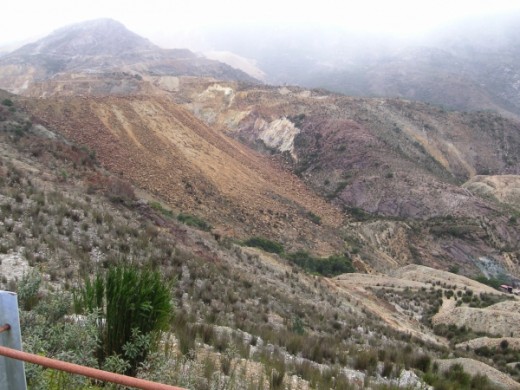 Nearby Mount Bischoff Tin Mine – wam, bam, thank you mam!
Nearby Mount Bischoff Tin Mine – wam, bam, thank you mam!
.
- Kara Mine in Hampshire
- Mount Lyle’s sulphuric moonscape
- Henty Mine
- Briseis Mine at Derby
- Pioneer Mine on Bradshaws Creek
- Anchor Mine on Blue Tier
- Gladstone Mine
- Coles Bay Mine
- Ben Lomond Mine
- St Paul’s River Mine
- Flinders Island Mines
- Mount Heemskirk
- Mount Balfour
- Renison Bell
- Stanley River
- Mount Cleveland
- Cox Bight
- Melaleuca
- etc
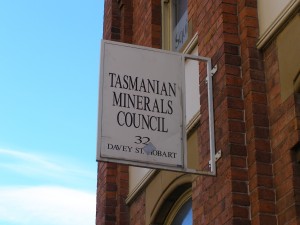
And of course the Tasmanian Minerals Council backs mining in The Tarkine. And of course it opposes national heritage listing of the Tarkine. The Tasmanian Minerals Council is only about the financial bottom line, exploitation of ore and perpetuating its own existence.
 The Tasmanian Minerals Council claims that there are “already enough layers of protection across the Tarkine region, where about 80% of the land has been put in multiple use reserves that allow mining“.
The Tasmanian Minerals Council claims that there are “already enough layers of protection across the Tarkine region, where about 80% of the land has been put in multiple use reserves that allow mining“.
What ‘layers of protection’? If 80% of the Tarkine is reserved form mining, how can that be for protection? – for protection of mining profits and royalties perhaps.
So Tony Burke, if you’re not to pre-occupied with resolving the future of the Murray-Darling, what time are you allocating for Tasmania’s ancient Myrtle forests?
.
.
.
‘Tasmania’s Tarkine wilderness is one of the world’s largest temperate rainforests.
This vast expanse is a wilderness wonderland of wild rivers, dramatic coastal heathlands, button grass plains, bare mountains, ancient Huon pines, giant eucalypts and myrtles and extraordinary horizontal scrub.
It is home to rare and endangered birds – like the Orange-bellied parrot and the White goshawk – and countless animals such as the Eastern pygmy possum. This superbly illustrated book captures the beauty of this unique wilderness.’
.
[Source: ^http://www.andrewisles.com/all-stock/publication/tarkine]
.
Orange-bellied Parrot
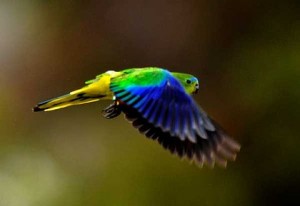 ‘Here at Melaleuca, six days’ walk from the nearest road,
such moments of peace are typically broken by bird calls,
including the distinct buzzing of the orange-bellied parrot’.
.
[Source: ‘Scientists Race To Rebuild Parrot Population’, by Peter Ker, Sydney Morning Herald, 20110207, ^http://www.globalanimal.org/2011/02/07/scientists-race-to-rebuild-parrot-population/29032/]
‘Here at Melaleuca, six days’ walk from the nearest road,
such moments of peace are typically broken by bird calls,
including the distinct buzzing of the orange-bellied parrot’.
.
[Source: ‘Scientists Race To Rebuild Parrot Population’, by Peter Ker, Sydney Morning Herald, 20110207, ^http://www.globalanimal.org/2011/02/07/scientists-race-to-rebuild-parrot-population/29032/]
.
Current status:
‘The Orange-bellied parrot (Neophema chrysogaster) is one of 18 birds listed as endangered under the Tasmanian Threatened Species Protection Act 1995. It is also listed as endangered under the Federal Act and has the dubious honour of being one of the most endangered birds Australia wide.
Why is it endangered? The Orange-bellied parrot is endangered because it is so rare (only 200 birds left) and its habitat is quickly disappearing.
.
There are only about 50 breeding pairs of this bird left!
..but what could heartless commercial ‘Tin Men’ care?
Think of the ‘Super Mining Profits’ … 30 to 55% return!
.
‘…It is a breeding endemic of Tasmania, which means that it only breeds in Tasmania. In fact it only breeds in one place in Tasmania and that is in our Southwest National Park. It arrives here in summer, nesting in eucalypt tree hollows adjacent to the parrot’s feeding grounds of extensive coastal buttongrass plains.’
.
[Source: http://www.dpiw.tas.gov.au/inter.nsf/webpages/bhan-54g3c5?open]
.
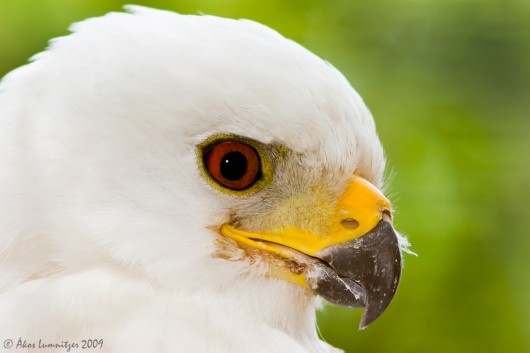 Grey Goshawk (white morph) (Accipiter novaehollandiae)
[Photo courtesy of Ákos Lumnitzer with permission, ^http://www.amatteroflight.com/]
Click photo to enlarge.
Grey Goshawk (white morph) (Accipiter novaehollandiae)
[Photo courtesy of Ákos Lumnitzer with permission, ^http://www.amatteroflight.com/]
Click photo to enlarge.
 Play call of Grey Goshawk
Source: ^http://www.aviceda.org/audio/?p=248
Play call of Grey Goshawk
Source: ^http://www.aviceda.org/audio/?p=248
 Volunteer Tasmanian Environmentalist, Scott Jordan
Volunteer Tasmanian Environmentalist, Scott Jordan
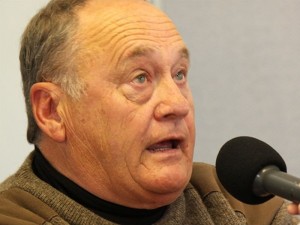 Industrial Miner, Alan Daley
Industrial Miner, Alan Daley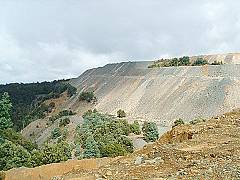 Savage River Mine
This is on the northern boundary of the Tarkine
Savage River Mine
This is on the northern boundary of the Tarkine
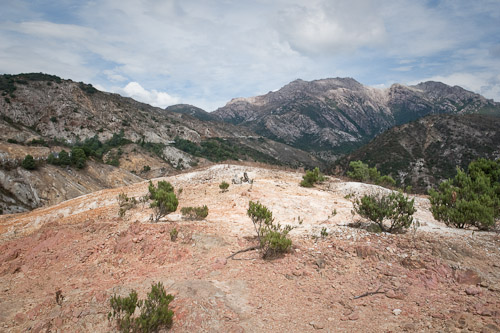 Tasmania’s Queenstown
Left behind by 19th and 20th Century industrial miners
This is south of the Tarkine
Tasmania’s Queenstown
Left behind by 19th and 20th Century industrial miners
This is south of the Tarkine
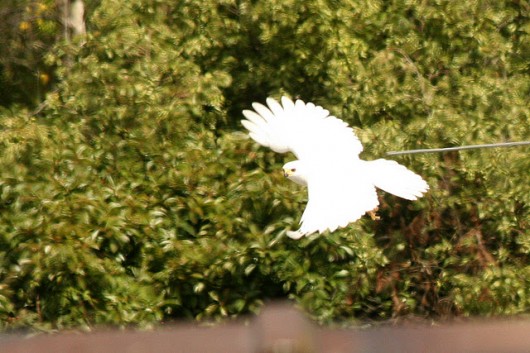 Grey Goshawk spreading its wings in flight
Grey Goshawk spreading its wings in flight
